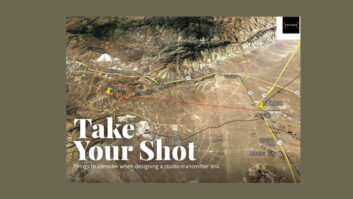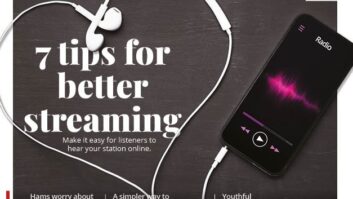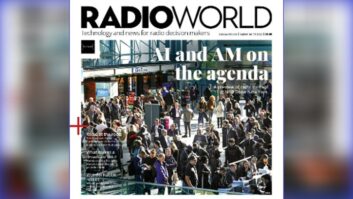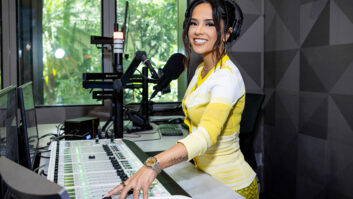NPR and consulting firm Hammett & Edison disagree over how the FCC should protect noncom educational FM stations from interference from digital Channel 6 TV outlets.
The issue comes up in public comments to the FCC about its proposed rules to govern the digital transition of low-power television stations. Reply comments were due Monday in Docket 03-185 on petitions for reconsideration.
NPR had filed a petition for reconsideration because it believes the FCC’s proposals appear to limit LPTVs and TV translators to protecting only first-adjacent NCE FMs from potential interference.
We’ve reported that Hammett & Edison agreed that NCE FMs are protected from interference from LPTVs on Channel 6 in theory but said the language is not meaningful without a Part 74 rule for LPTV, TV translators and TV boosters.
This week, NPR wrote in new comments that H&E may be underestimating the difficulty of developing accurate technical standards to predict likely interference. “Spectral emissions from DTV transmitters vary by manufacturer, as well as by the antenna system coupled to the transmitter, which means there is no ‘nominal’ emission shape.”
Also, NPR states: “The DTV interference ratio may vary significantly depending on the FM receiver in use (and varies as well with IBOC receivers). Establishing a representative ratio would require extensive testing of different models of fixed and mobile receivers, both analog and digital.”
H&E does not address out-of-channel DTV emissions, which may affect many NCE FMs, NPR continued. “The commission’s ‘simple’ emissions mask permits low-power digital broadcasters to emit significantly higher levels of products, specifically across the 88–92 MHz frequency range. In proximity to DTV-6 transmitters, such emissions can interfere with FM analog and IBOC reception. This spurious product already has defined limits in the FCC’s rules, which makes the task of pre-determining the impact on radio reception easier,” the public radio organization believes.
Therefore, NPR says it would be easier to state in the FCC rules that LPTVs and TV translators must protect all NCE FMs, though it is willing to take part in developing technical standards to predict LPTV-to-FM interference.
H&E said in new comments that it did suggest that a secondary Channel 6 LPTV or TV translator does have an obligation not to cause interference to a primary station. But the consulting engineering firm says mitigating interference after the fact should be a last-step safety net; the FCC rules should provide interference criteria to make it unlikely that interference will actually occur.
Hammett & Edison emphasizes there needs to be technical criteria to determine whether a new digital LPTV Channel 6 station would likely cause interference to an NCE FM.
“The D06-into-NCEFM protection calculations could be based on the D06 station’s use of either the simple, stringent or full-service mask, and based on the assumption of out-of-channel energy exactly at the pertinent mask limit. Technical criteria to predict whether D06-into-NCEFM interference for Channel 201, 202 and 203 NCEFM stations would require the commission to derive the necessary protection ratios,” it wrote, adding that perhaps industry associations could help with that work, as part of a Further Notice of Proposed Rulemaking.
Similarly, a new or modifying NCE FM needs to have up-to-date rules for FM-into digital Channel 6 protection; the current FCC rules don’t do this, since it applies only to full-service analog TV Channel 6 TV stations, which no longer exist, according to H&E.
Related:
LPTV-to-NCE FM Interference Technical Standard Needed?












